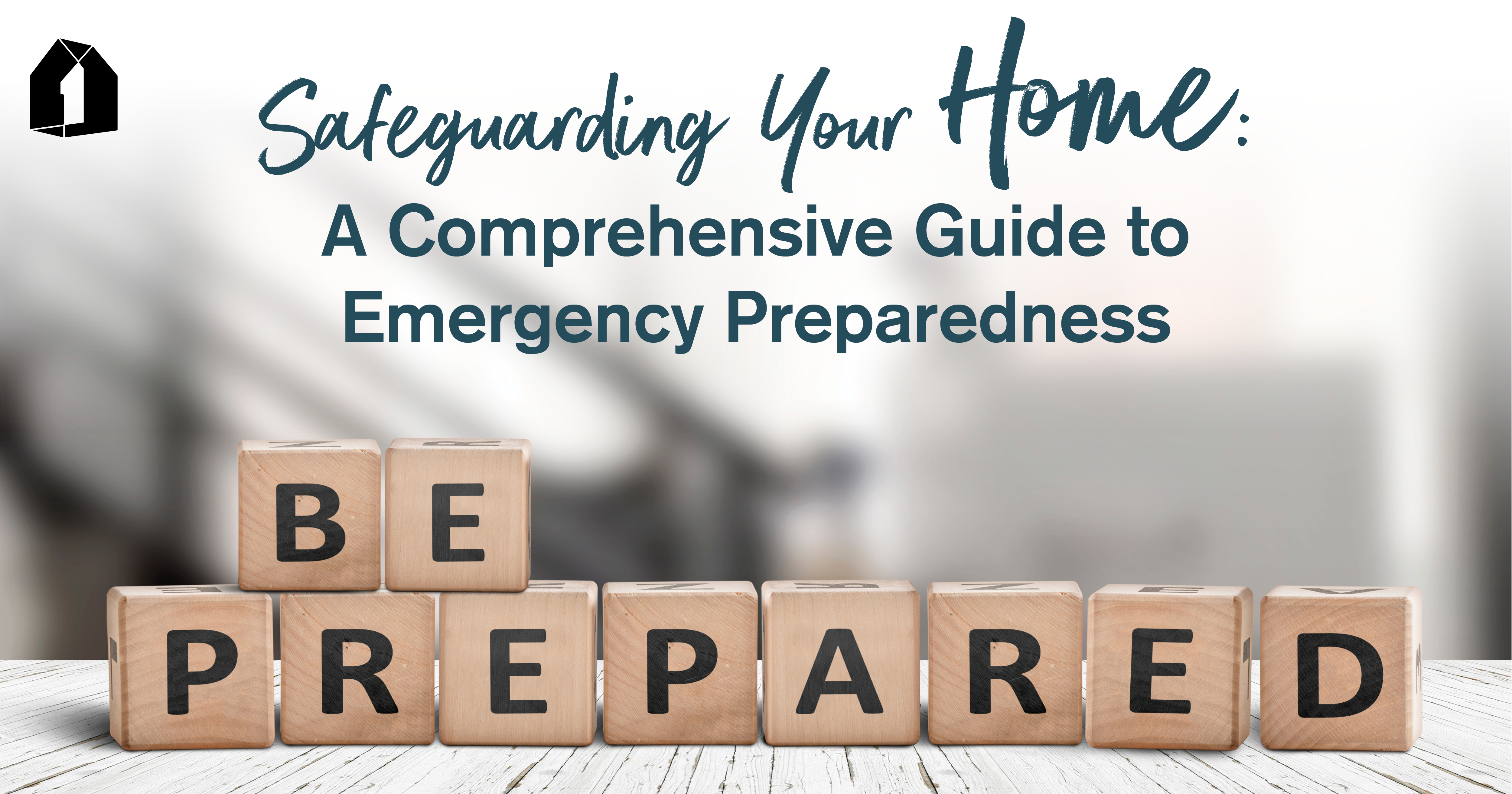Owning a home comes with the responsibility of regular maintenance to ensure its longevity and comfort. Rather than tackling all tasks at once, a more effective approach is to break them down into manageable monthly segments. Let’s explore a year-round guide to home maintenance, with a different tip for each month tailored to the season, weather, and specific needs of your home.
January – Winter Warm-Up:
As winter chills linger, focus on your heating system. Change or clean your furnace filter to improve efficiency and reduce energy costs. Check for any drafts around windows and doors, sealing them to keep the warmth in and the cold out.
February – Love Your Gutters:
With winter storms in full swing, inspect and clean your gutters. Remove any debris and ensure downspouts are clear. This prevents water damage by allowing proper drainage, especially as spring showers approach.
March – Spring into Landscaping:
As spring blooms, turn your attention to the outdoors. Trim overgrown branches, clean up debris, and fertilize your lawn. Check your irrigation system for any leaks or issues, preparing your garden for the growing season.
April – Rainy Day Preparations:
April showers bring May flowers, but they can also reveal any leaks in your home. Inspect your roof for damage, paying attention to shingles and flashing. Ensure your sump pump is working well to prevent basement flooding during heavy rain.
May – Windows to the World:
With the arrival of warmer weather, it’s time to focus on your windows. Clean both the interior and exterior, and inspect for any cracks or gaps. Replace weather stripping if necessary to keep your home energy-efficient.
June – Summer Cool Down:
Before the summer heat peaks, service your air conditioning unit. Clean or replace filters, check the refrigerant levels, and clear any debris around the condenser unit. A well-maintained AC system ensures a comfortable living space during hot days.
July – Deck and Patio TLC:
Take advantage of the summer weather to inspect and clean your outdoor spaces. Check for any loose boards or nails on your deck, power wash patios, and seal wooden surfaces. This not only enhances the appearance but also extends their lifespan.
August – Plumbing Check:
Give your plumbing some attention before fall arrives. Inspect for leaks under sinks, around toilets, and in the basement. Ensure that your water heater is functioning properly and flush out any sediment that may have accumulated.
September – Fall Fireplace Prep:
As temperatures begin to drop, it’s time to prepare your fireplace. Schedule a professional chimney sweep to remove any creosote buildup. Test your smoke and carbon monoxide detectors to ensure they’re working efficiently.
October – Insulate for Winter:
Before winter sets in, inspect your home’s insulation. Add weather stripping to doors and windows, and consider adding insulation to your attic if needed. This helps keep your home warm and energy-efficient during the colder months.
November – Outdoor Cleanup:
As leaves fall, clear them from gutters and drains. Trim any branches that could pose a threat during winter storms. Store outdoor furniture and garden tools properly to prevent damage.
December – Winter Wonderland:
Embrace the holiday season by focusing on safety. Test smoke and carbon monoxide detectors, and inspect fire extinguishers. Ensure that pathways are clear of ice and snow to prevent accidents.
By breaking down home maintenance tasks into monthly routines, you can keep your home in top shape throughout the year. From preparing for seasonal changes to addressing specific areas of your home, this guide ensures a happy and healthy living space for you and your family.









